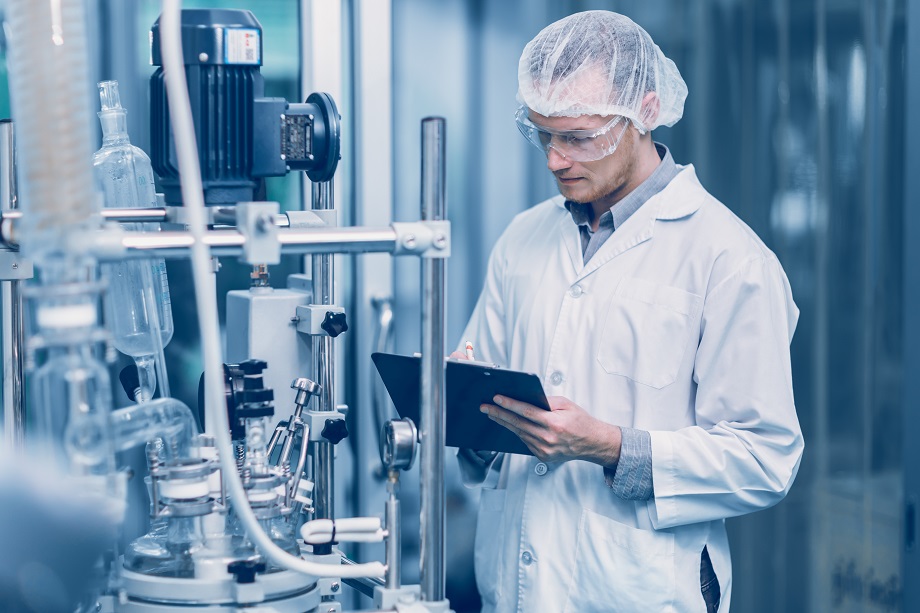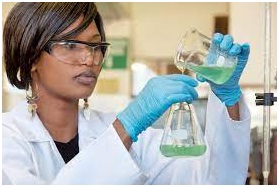
Chemical engineering is responsible for many of the products we use every day. Hairspray, toilet paper, deodorant, detergents, and toothpaste are examples. Engineers work with process technicians and plant operators to manufacture current products and create new ones.
Engineers and process technicians design and operate efficient and effective processes to make the best products their resources allow. Innovation in process design creates more efficient operations, waste reduction, and output maximization.
We use common products we take for granted but tend to notice new ones in ads and from word-of-mouth from friends and family. Without the chemical industry, we would sorely miss the products we like and must-have for convenience. Contact ITI Technical College today for more information.
Chemical Process Design, Efficiency, And Optimization
Chemical process design creates a manufacturing process that produces a chemical or similar product in safe and cost-effective ways. The process design consists of:
- Conceptual design
- Process development
- Comprehensive design
- Construction of prototype
- Production Operation
- Quality control checks
Chemical engineers and process technicians work to understand the chemical reaction mechanism and design a plant or refinery for optimal production output. They also strive to optimize the processing conditions to gain maximum operational efficiency.
The overriding goal of chemical process design is developing a cost-effective and safe process for workers and consumers of the products. The processes must produce high-quality products at a high production output. Engineers and technicians optimize processes by analyzing and improving existing ones to create higher efficiency and environmental sustainability.
Benefits Of Effective Chemical Process Design
 Once we understand the benefits of effective chemical process design, we can appreciate them better. These achieved benefits are essential for the U.S. chemical manufacturing industry.
Once we understand the benefits of effective chemical process design, we can appreciate them better. These achieved benefits are essential for the U.S. chemical manufacturing industry.
- Improved product quality produces products that meet the highest standards, fewer defects, and fewer customer complaints
- More cost reduction is achieved by identifying and eliminating inefficiencies and raising optimization
- Improved safety is achieved for workers by identifying and eliminating workplace hazards employees face
- Environmental sustainability is improved by reducing waste and energy consumption and reusing and recycling materials
- A competitive advantage provides more market share and profitability
- Innovation drives new products, manufacturing approaches, efficiency, and sustainability.
| “Chemical engineering is responsible for many of the products we use every day. Engineers work with process technicians and plant operators to manufacture current products and create new ones.” |
Chemical Engineering Manufacturing Processes
Chemical manufacturing uses process technology to synthesize chemicals from raw materials or other chemicals. The process of product formulation creates chemicals from one or more ingredients that are prepared to product formula standards. Chemical engineering is the work of producing and manufacturing products through chemical processes, including:
- Designing process equipment
- Designing processes and systems
- Refining raw materials
- Mixing chemicals
- Compounding chemicals
- Processing chemicals
Chemicals are produced in laboratories and manufacturing lines, then tested, and refined when necessary. From there the finished product is mass-produced for sale.
Design Tools And Software For Effectiveness
 There are several software design tools in use for process development and effectiveness. They can be used individually or in combination in chemical process design and optimization. They also make the work easier, faster, more efficient, and more accurate.
There are several software design tools in use for process development and effectiveness. They can be used individually or in combination in chemical process design and optimization. They also make the work easier, faster, more efficient, and more accurate.
- Simulation software creates a virtual model of the chemical process
- Optimization software optimizes the design of chemical processes
- Safety software identifies potential hazards and safety risks in processes
- Computational Fluid Dynamics software simulates fluid flows and heat transfer
- Control software controls chemical process operations by regulating the variables used in the chemical processes
The chemical process team must ensure the resulting processes are safe, efficient, and cost-effective.
Techniques For Process Optimization
The overall goal of process optimization is improving process performance while maintaining product quality and safety. Technicians and engineers work to improve these elements:
- Efficiency and profitability of a chemical process
- Identification and implementation of process changes
- Increase the yield of desired products
- Reduce waste and energy consumption
- Process and workplace safety
Five techniques are typically used to optimize chemical processes: 1) statistical analysis, 2) process simulation, 3) process monitoring, 4) process control, and 5) Lean Six Sigma standards.
Process technicians, chemical engineers, and plant operators must understand and practice the fundamentals of process design and process improvement. If you want to learn more about this industry and earn a degree, contact an admissions representative at ITI Technical College in Baton Rouge. Our Associate of Occupational Studies (AOS) Degree in Process Technology will prepare you for an entry-level job in numerous industries.
For more information about graduation rates, the median debt of students who completed the program, and other important information, please visit our website: https://www.iticollege.edu/disclosures




